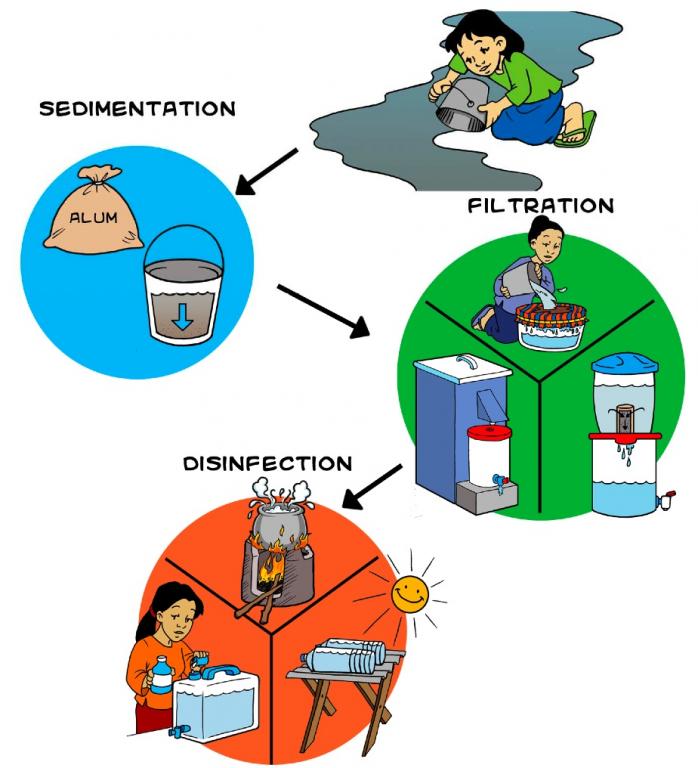Water covers 70% of earth’s surface, but only 3% of it is fit enough to drink. Out of this 2% is present as-Polar-ice cap, only 1% is left as usable water. Only a fraction of this can actually be used.
Around the globe 70% water is used for agriculture, 25% is used for industries and only 5% is used for domestic chores.
However, usage varies according to different countries, as the developed countries use more water in industries. India uses 90% of its water for agriculture, 7% for industry and only 3% for domestic use.
ADVERTISEMENTS:
Water Borne Diseases
The infectious diseases spread primarily through contaminated water, are termed as water borne disease. These diseases can spread either by flies or filth, since water is considered to be the chief medium of it and hence they are named as water borne diseases.
Most of the intestinal diseases are transmitted through faecal waste. Pathogens that include virus, bacteria, protozoa, and parasitic worms – are disease producing agents found in the faeces of infected people. These diseases are prevalent in areas having poor sanitary system.
ADVERTISEMENTS:
These pathogens travel through water, to the food and drinking water of the people. These diseases are highly contagious, so the people who nurse such people should take care of the hygiene of the people.
Hepatitis, cholera, dysentery and typhoid are the more common water borne diseases that affect large population in the tropical region. Stagnant and untreated water serves as the best habitat for mosquitoes, other parasites and insects which cause numerous diseases especially are found in the tropical regions. Malaria is of course; the most widely distributed and causes the most damage to human health.
Fluoride Problem in Drinking Water
Many terrible diseases like fluorosis are caused due to the continuous intake of water containing excess fluoride. The first case of endemic fluorosis in India was reported from Andhra Pradesh in 1937.
ADVERTISEMENTS:
By the year 1999, this disease was known to affect 17 other states and around 66 million people got affected in both rural and urban states. As per the Economic Survey of Delhi, 2003 n 04, fluoride content of ground water in the city was as high as 19.33 mg/lit. The max. Permissible limit is 1.5 mg/lit.
Public policy refuses to accept the cause of it as fluoride per se. The problem is ground water usage.
The management of ground water should be done along with the managements of elements like fluoride and arsenic. For our drinking needs, we are more and more dependent on the withdrawals from aquifers.
There is no particular regulation for the management of water resource. The overuse and wastage remains confined to the official paper only. Technological advancements are leading us towards the deeper portion of the earth in search of water. Strategies are required to ensure that the absorption of water does not exceed the recharge of aquifers.
Programmes for rain water harvesting are a burning need of society, so, that should be taken in consideration.
